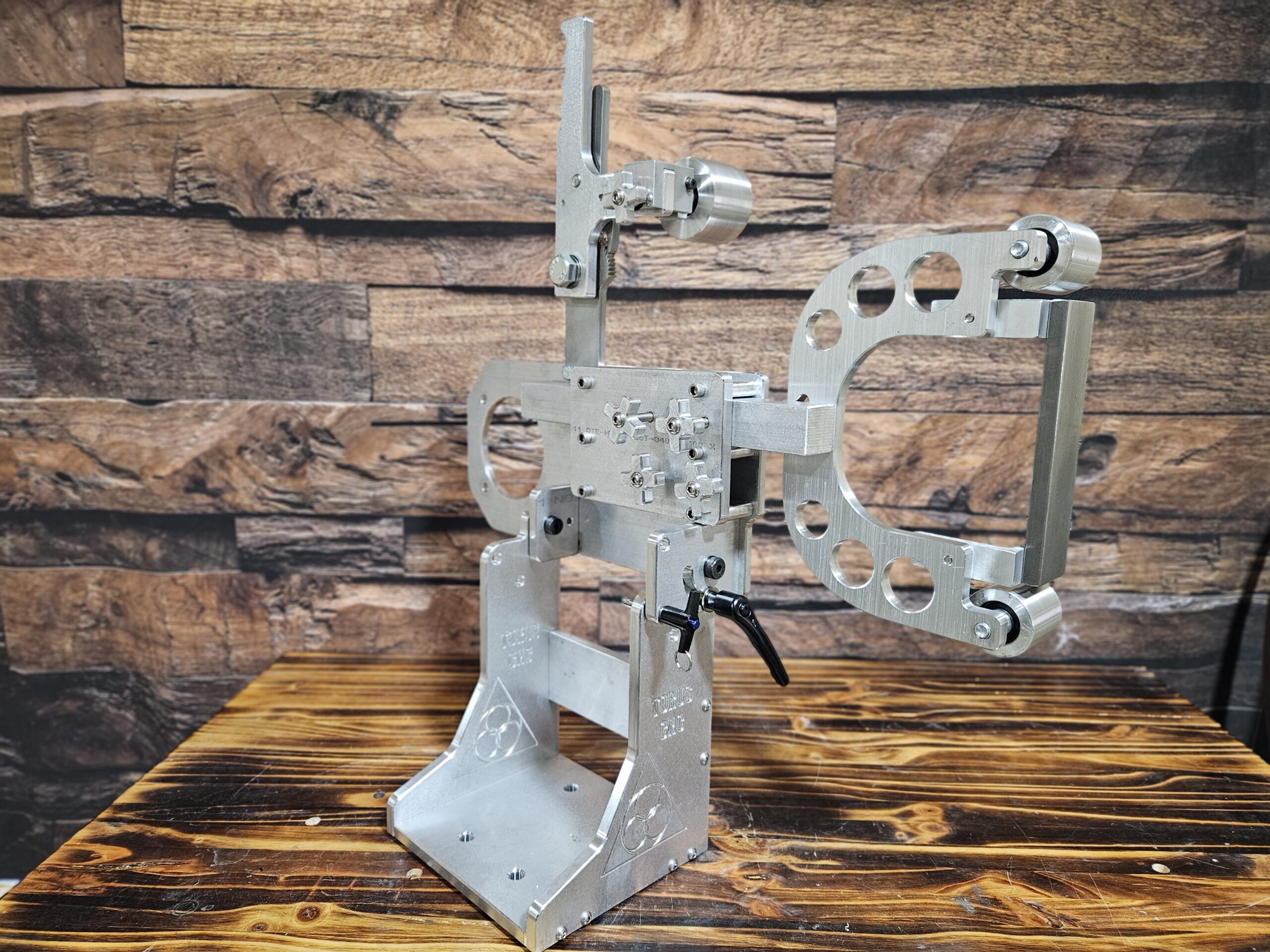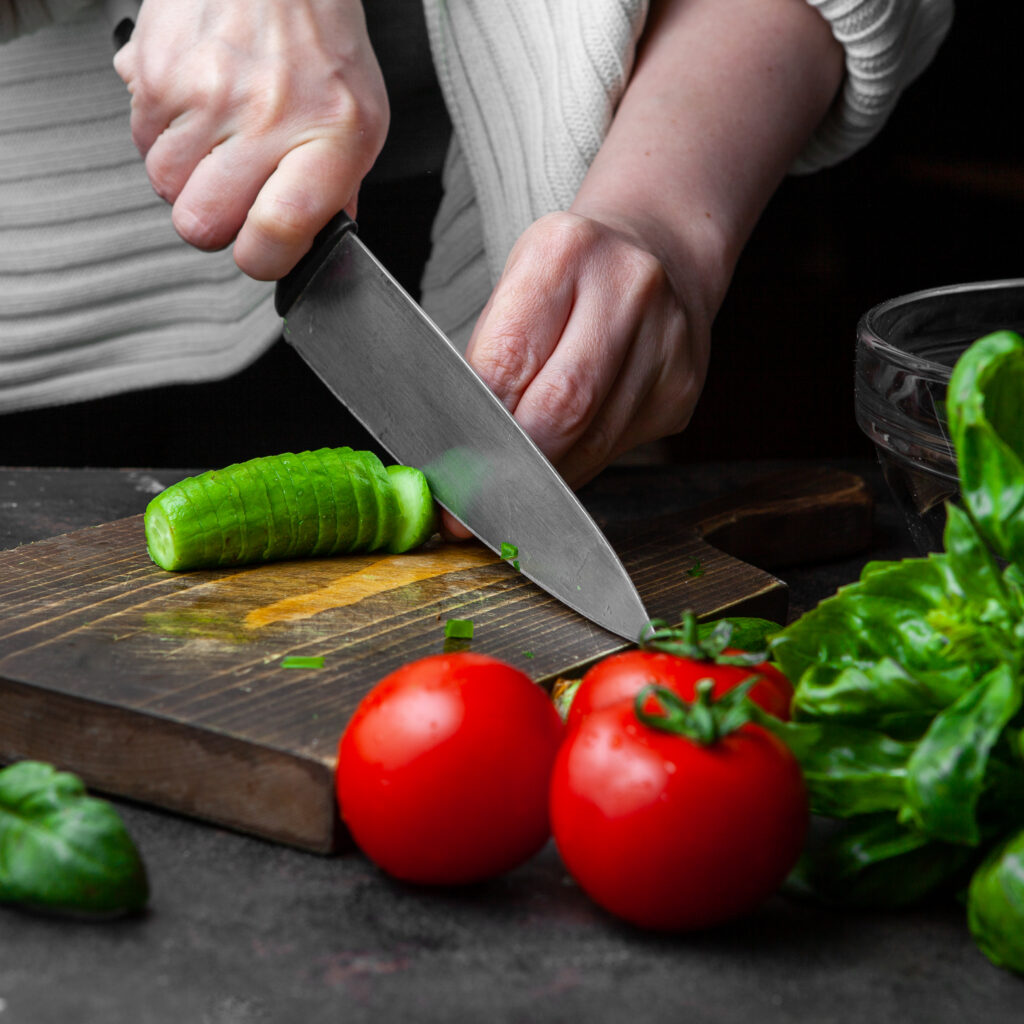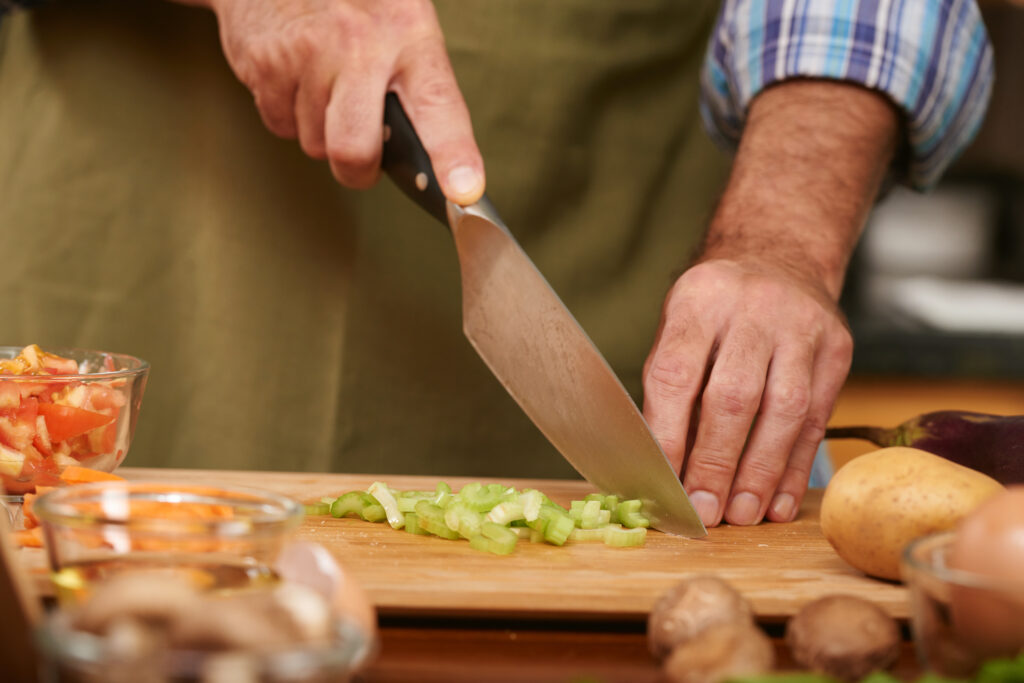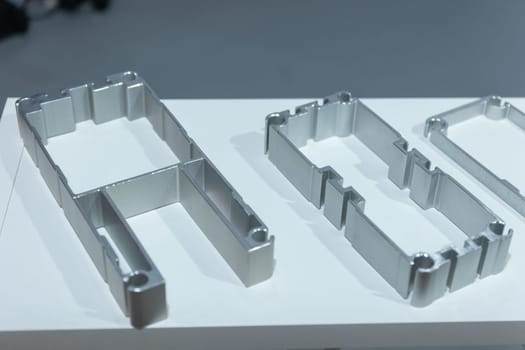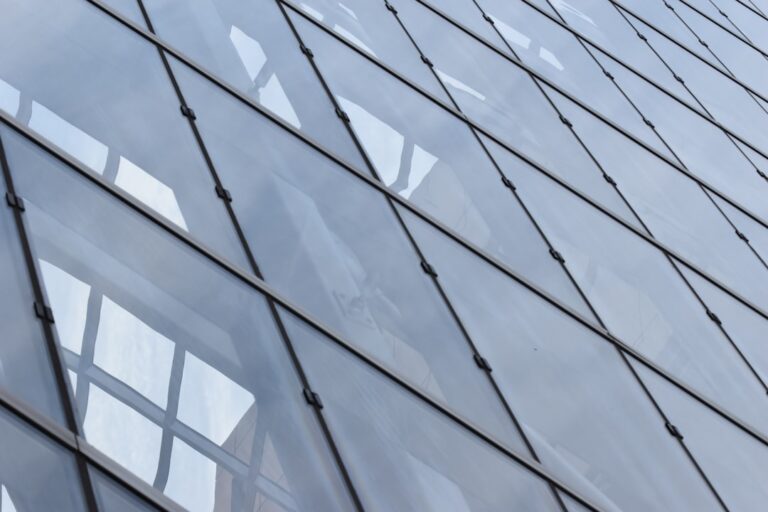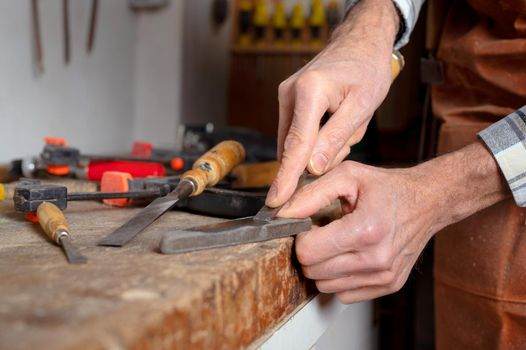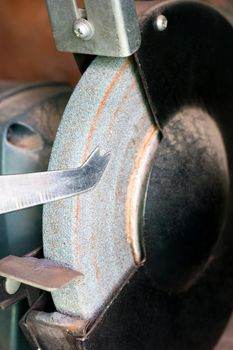Chef knife blank profiling is a crucial step in the knife-making process, where the raw material is shaped into a functional and aesthetically pleasing blade. This stage involves removing excess material from the blank to create the desired edge geometry and overall form of the knife. Profiling not only sets the foundation for the knife’s performance but also influences its balance, weight distribution, and ergonomics.
As such, understanding the intricacies of this process is essential for both novice and experienced knife makers. The choice of tools and materials used during profiling can significantly impact the final product. Among these tools, the ceramic 36-grit belt stands out for its efficiency and effectiveness in shaping knife blanks.
This article will delve into the specifics of using ceramic belts for profiling, exploring their advantages, techniques, and best practices to ensure optimal results in creating high-quality chef knives.
Key Takeaways
- Chef knife blank profiling is an essential step in creating a custom chef knife.
- The ceramic 36-grit belt is a powerful tool for shaping and profiling chef knife blanks.
- Choosing the right chef knife blank is crucial for achieving the desired end result.
- Setting up a proper profiling station is important for safety and efficiency.
- Safety precautions when using the ceramic 36-grit belt are necessary to prevent accidents.
Understanding the Ceramic 36-Grit Belt
Ceramic belts are renowned in the knife-making industry for their durability and cutting efficiency. The 36-grit designation indicates a coarse grit size, making these belts particularly suitable for aggressive material removal. The ceramic abrasive particles are engineered to withstand high temperatures and resist wear, allowing them to maintain their cutting performance over extended periods.
This characteristic is especially beneficial when working with tougher materials commonly used in chef knife blanks. When utilizing a ceramic 36-grit belt, it is essential to understand its role in the profiling process. The coarse grit allows for rapid shaping of the blade, enabling makers to achieve their desired profile quickly.
However, this aggressive cutting action requires careful handling to avoid over-grinding or damaging the blank. Mastering the use of this belt can lead to significant time savings while ensuring that the knife maintains its structural integrity throughout the profiling phase.
Choosing the Right Chef Knife Blank for Profiling
Selecting the appropriate chef knife blank is a fundamental step that can influence the entire profiling process. Knife blanks come in various materials, including stainless steel, carbon steel, and high-carbon stainless steel, each offering unique properties that affect how they respond to profiling techniques. For instance, stainless steel is known for its corrosion resistance but can be more challenging to shape compared to carbon steel, which is easier to grind but may require more maintenance.
In addition to material considerations, the thickness and shape of the blank also play a critical role in profiling. Thicker blanks may require more aggressive initial profiling with a coarse belt like the ceramic 36-grit before transitioning to finer grits for finishing. Conversely, thinner blanks may allow for more delicate work from the outset.
Understanding these factors will enable knife makers to select the most suitable blank for their specific design goals and desired performance characteristics.

Setting Up the Profiling Station
Creating an efficient profiling station is vital for achieving consistent results when working with chef knife blanks. The setup should include a reliable belt grinder equipped with a ceramic 36-grit belt, as well as adequate workspace and safety equipment. Positioning the grinder at a comfortable height will help reduce fatigue during extended periods of use, allowing for greater precision and control.
In addition to the grinder itself, having organized access to tools such as calipers, templates, and measuring devices can enhance the profiling process. These tools enable makers to monitor progress closely and ensure that they are adhering to their design specifications. Furthermore, proper lighting in the workspace can help illuminate details on the blade, making it easier to identify areas that require additional attention during profiling.
Safety Precautions when Using Ceramic 36-Grit Belt
Safety should always be a top priority when working with power tools like belt grinders. The ceramic 36-grit belt operates at high speeds and generates significant heat during use, which can pose risks if proper precautions are not taken. Wearing appropriate personal protective equipment (PPE) is essential; this includes safety goggles to protect against flying debris, gloves to shield hands from sharp edges, and hearing protection if working in a noisy environment.
Additionally, it is crucial to maintain a clean workspace free from clutter that could lead to accidents. Regularly inspecting the belt for wear or damage before use can prevent unexpected failures during operation. Understanding how to operate the grinder safely and effectively will not only protect the maker but also contribute to achieving better results in profiling chef knife blanks.
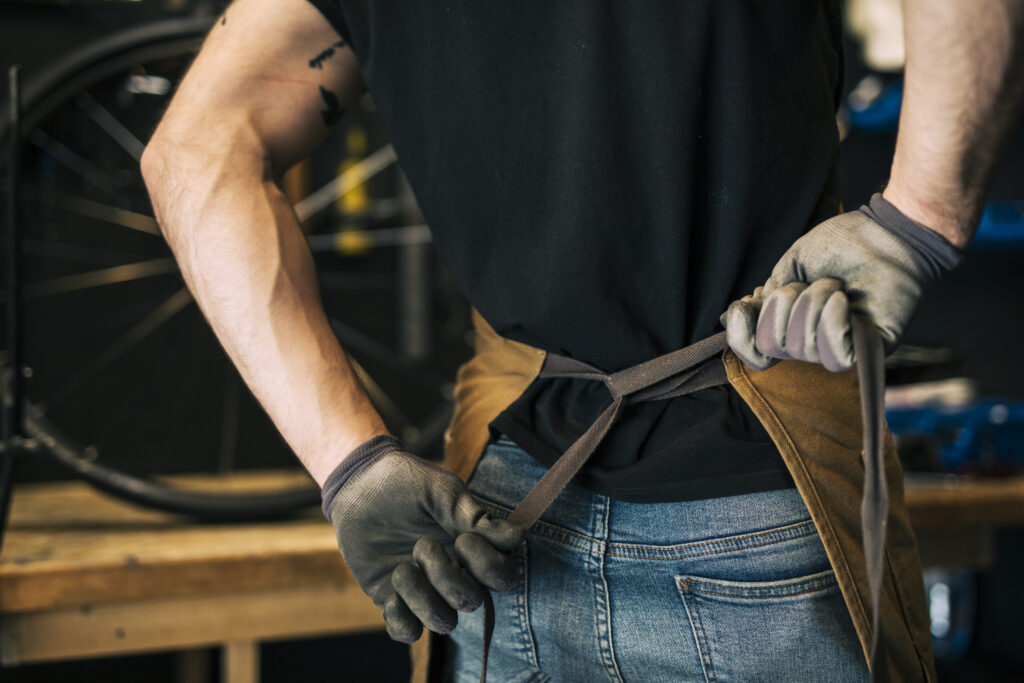
Profiling Techniques for Chef Knife Blanks
When it comes to profiling techniques for chef knife blanks, there are several approaches that can be employed depending on the desired outcome. One common technique involves using a series of passes with the ceramic 36-grit belt at varying angles to gradually shape the blade’s profile. This method allows for greater control over material removal and helps prevent overheating of the blank.
Another effective technique is to utilize templates or jigs that guide the blank through the profiling process. These tools can help maintain consistent angles and curves throughout shaping, ensuring that each knife produced meets specific design criteria. By combining these techniques with careful observation and adjustments based on feedback from the blank itself, makers can achieve precise profiles that enhance both functionality and aesthetics.
Tips for Achieving Efficient Profiling Results
To maximize efficiency during the profiling process, several tips can be implemented. First and foremost, it is essential to establish a clear plan before beginning work on a knife blank. This plan should outline specific goals regarding profile shape, thickness, and edge geometry.
Having a well-defined target will help maintain focus and streamline decision-making throughout the process. Additionally, taking breaks during prolonged grinding sessions can prevent fatigue and maintain sharp focus on detail work. Regularly checking progress against templates or design specifications will also help ensure that any necessary adjustments are made promptly.
By incorporating these strategies into their workflow, knife makers can enhance their efficiency while achieving high-quality results in profiling chef knife blanks.
Maintaining the Sharpness of the Ceramic 36-Grit Belt
Maintaining the sharpness of a ceramic 36-grit belt is crucial for ensuring optimal performance during profiling tasks. Over time, belts can become clogged with metal shavings or debris, which diminishes their cutting ability. To combat this issue, regular cleaning of the belt is recommended; this can be done using a belt cleaning stick or similar tool designed specifically for this purpose.
In addition to cleaning, monitoring the tension and alignment of the belt on the grinder is essential for maintaining its effectiveness. A properly tensioned belt will operate more efficiently and produce better results than one that is loose or misaligned. By taking these maintenance steps seriously, knife makers can extend the lifespan of their ceramic belts while ensuring consistent performance throughout their profiling projects.
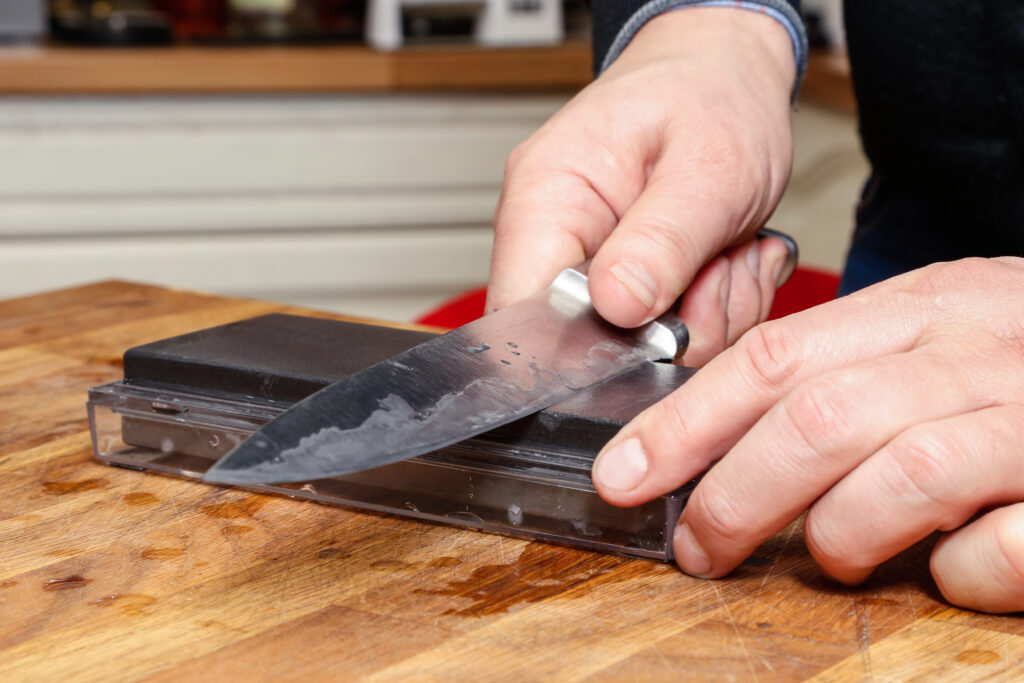
Troubleshooting Common Issues with Chef Knife Blank Profiling
Despite careful planning and execution, issues may arise during the profiling of chef knife blanks that require troubleshooting. One common problem is overheating of the blade during grinding, which can lead to warping or loss of temper in certain materials. To mitigate this risk, it is advisable to use intermittent grinding techniques—taking breaks between passes—to allow the blade to cool down.
Another issue that may occur is uneven material removal, resulting in an inconsistent profile. This can often be addressed by adjusting the angle of approach or modifying pressure applied during grinding. Keeping an eye on progress throughout the process will help identify any discrepancies early on, allowing for timely corrections before they become more significant problems.
Alternative Profiling Methods for Chef Knife Blanks
While using a ceramic 36-grit belt is an effective method for profiling chef knife blanks, there are alternative techniques that may also yield satisfactory results depending on individual preferences and available tools. One such method involves using hand tools like files or chisels for more intricate shaping tasks. This approach allows for greater tactile feedback and control over fine details but may require more time and effort compared to power tools.
Another alternative is water jet cutting or laser cutting technology, which can provide precise profiles with minimal material waste. These methods are particularly useful for complex designs or when working with materials that are difficult to grind effectively by hand or with traditional power tools. Exploring these alternatives can broaden a maker’s skill set and enhance their versatility in producing high-quality chef knives.
Conclusion and Final Considerations for Efficient Chef Knife Blank Profiling with Ceramic 36-Grit Belt
In conclusion, chef knife blank profiling is an essential phase in crafting high-quality knives that meet both functional and aesthetic standards. Utilizing a ceramic 36-grit belt offers numerous advantages in terms of efficiency and effectiveness during this process. By understanding how to select appropriate blanks, set up an efficient workspace, implement safety precautions, and apply various profiling techniques, makers can achieve outstanding results.
Moreover, maintaining equipment and troubleshooting common issues will further enhance productivity and quality in knife making endeavors. As makers explore alternative methods alongside traditional techniques, they will continue to refine their skills and produce exceptional chef knives that stand out in both performance and design. Embracing these practices will ultimately lead to greater satisfaction in the art of knife making while ensuring that each blade crafted is a testament to craftsmanship and dedication.
FAQs
What is a Chef Knife Blank?
A chef knife blank is the unfinished form of a chef knife, typically made of high-quality steel, that has not yet been shaped, ground, or sharpened.
What is Profiling a Chef Knife Blank?
Profiling a chef knife blank refers to the process of shaping the blank into the desired knife design, including establishing the blade’s bevels, curves, and overall geometry.
What is a Ceramic 36-Grit Belt?
A ceramic 36-grit belt is an abrasive belt used in knife making and sharpening, designed to quickly and aggressively remove material from the knife blank to achieve the desired profile.
Why is Profiling Chef Knife Blanks Important?
Profiling chef knife blanks is important because it sets the foundation for the final shape and performance of the knife. It allows the knife maker to create the desired design and functionality of the knife.
How Does a Ceramic 36-Grit Belt Help in Profiling Chef Knife Blanks?
A ceramic 36-grit belt is highly effective in quickly removing material from the knife blank, allowing for efficient shaping and profiling of the blank to achieve the desired design and geometry.
What are the Benefits of Using a Ceramic 36-Grit Belt for Profiling Chef Knife Blanks?
Using a ceramic 36-grit belt for profiling chef knife blanks offers the benefits of fast material removal, aggressive shaping capabilities, and the ability to work with tough steel alloys commonly used in high-quality chef knives.
